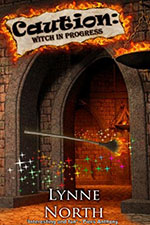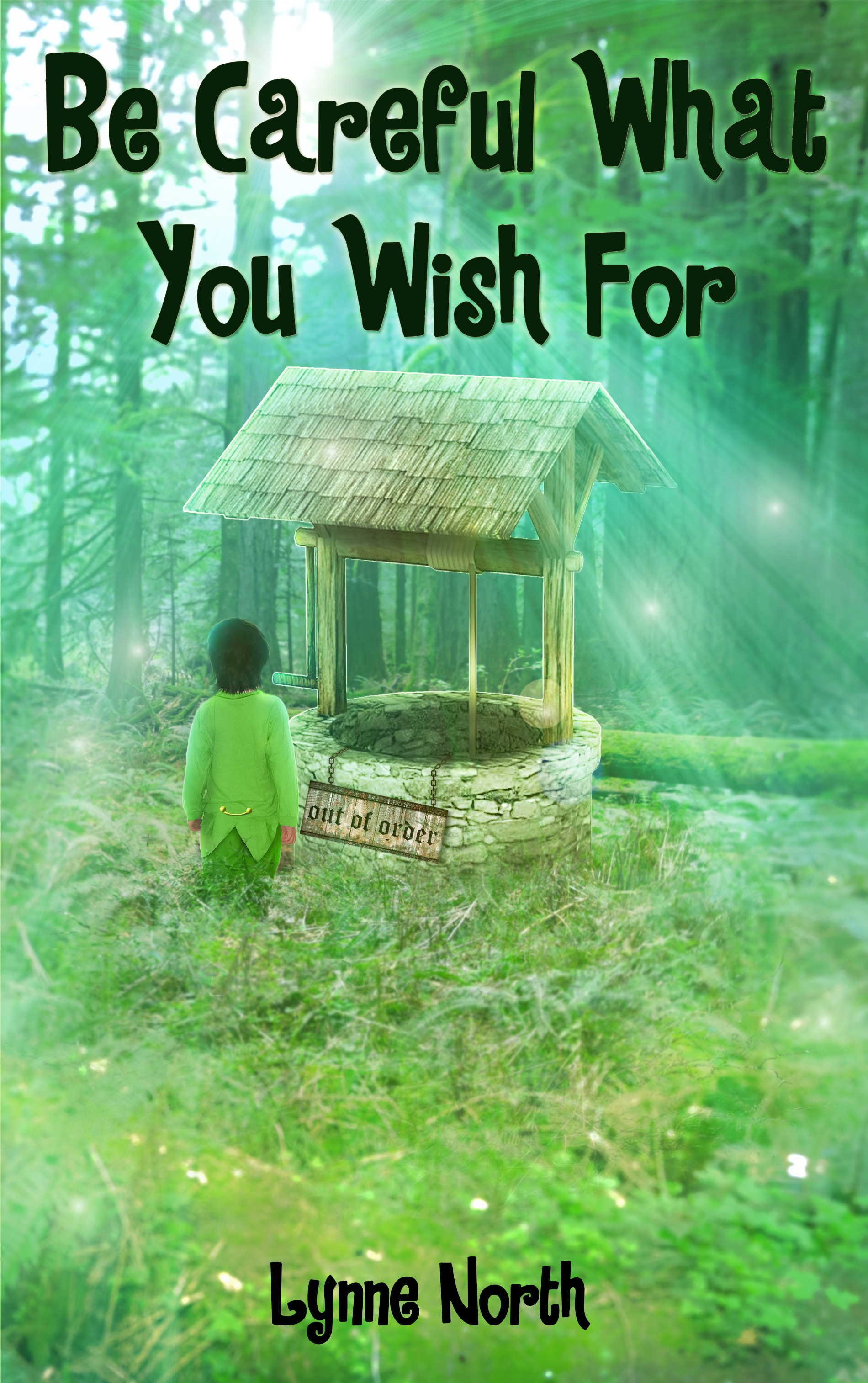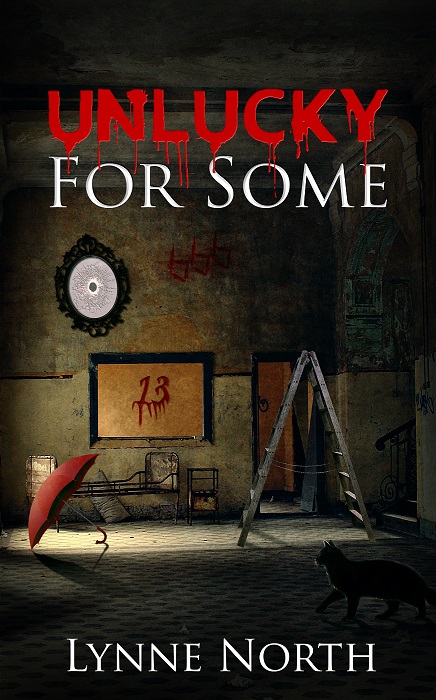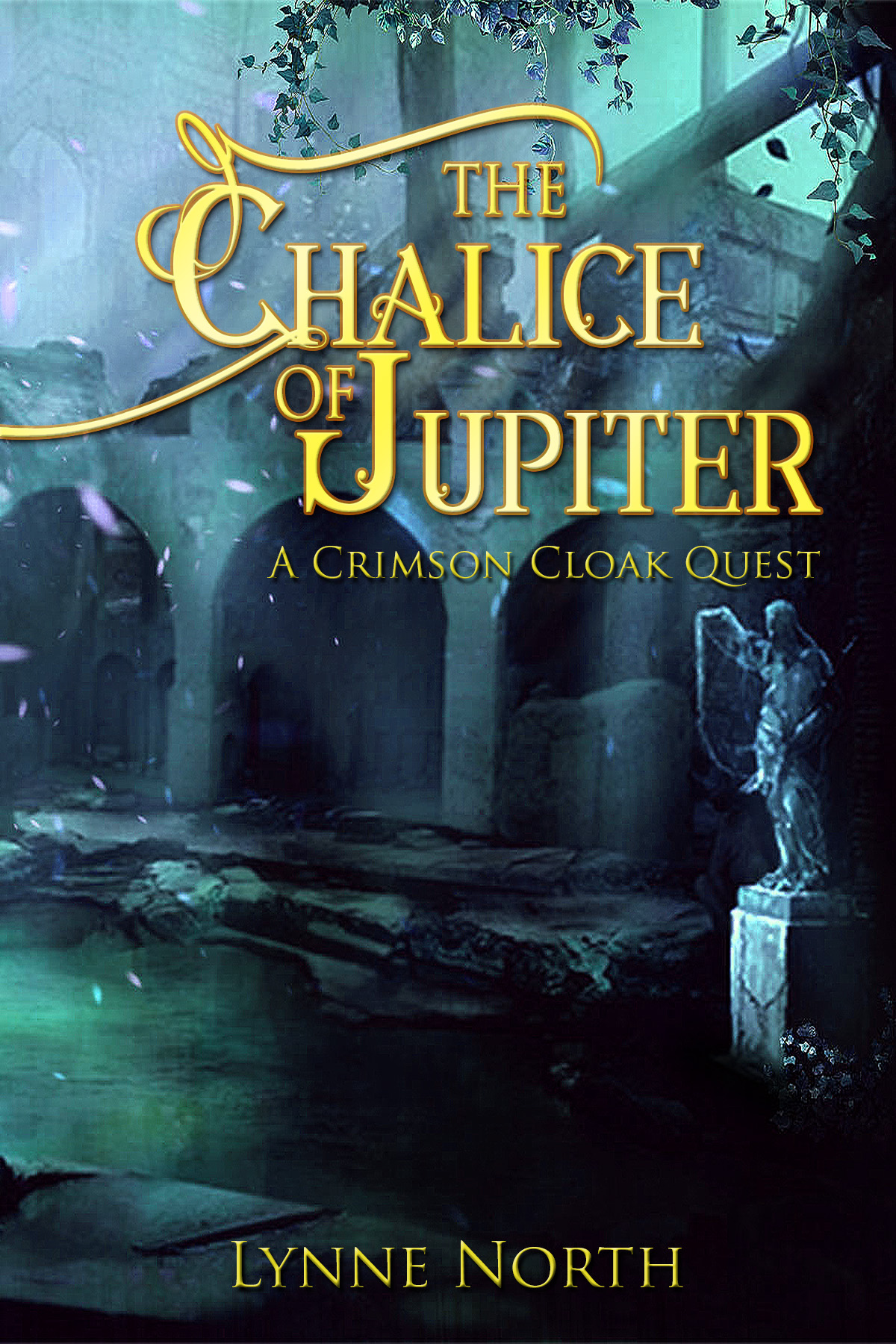EASTER LORE
Easter is called a moveable feast because the date changes every year. Easter Sunday can fall on any date from 22 March to 25 April. The reason for this variation in the date of Easter is based on the lunar calendar (moon) rather than our more well-known solar one. Easter always falls on the first Sunday following the full Moon after the 21st March.
Symbolism has always played an important part in festivals and celebrations, and Easter is no exception to this rule. Before Christianity replaced pagan festivals with its own, the fourth month of the Anglo-Saxon year was said to have been named after Eostre, the Goddess of Spring. Her festival was a celebration of fertility and rebirth. Eostre was seen to give life to the world, and many of the rituals observed were associated with renewal. The sacred beast of the Goddess was the hare, a prolific breeder who came to be associated in myth with the laying of eggs in the fields at Easter. The Goddesses name has come to label the Christian Spring festival of Easter, and her symbol, the hare, has survived in the laughable guise of the Easter Bunny. Eostre’s primary symbols were the eggs, signs of fertility and new life. It comes as no surprise therefore that the egg is associated with many aspects of Spring and Easter.
Eostre’s eggs have now given way to the dyed, decorated and chocolate eggs that we all know to be a part of the Easter celebrations. It is believed the practice of decorating eggs spread to Europe from the Middle Eastern Spring festivals during the time of the Crusades. Eggs were dyed and decorated earlier by the Ancient Egyptians and Persians who began the tradition of exchanging them with friends, as did the Greeks and Romans later. It was in Mesopotamia however that Christians first gave eggs to friends at Easter to remind them of Christ’s resurrection. The church adopted this practice, and it became customary to give decorated eggs to friends and servants at the end of Lent on Easter Sunday.
Most Easter traditions can be traced back to pagan traditions, including the wearing of new clothes, and Spring cleaning. Easter was seen as a time of renewal, and the Easter festivals were chosen as the time to shed the old and don the new.
Even the eating of hot cross buns on Good Friday originated long before Christianity. In pagan times, the bun represented the moon, and the cross was used to divide it into the Moon’s four quarters, or phases. For Christians, the cross serves as a reminder of the crucifixion of Jesus.
For all those who adhere to the Christian meanings of Easter, Good Friday recalls Jesus’ death on the cross. The origin of the word “good” has been lost, though some claim it is a corruption of the word ‘God’ and that the early Christians called this day ‘God’s Friday.’ Others claim ‘good’ refers to the blessings of humanity that arose as a result of Jesus’ execution.
Easter Sunday commemorates Jesus’ resurrection. In the early church, converts were baptized into church membership on this day after long periods of instruction. This tradition continues today in some churches.
Whatever you believe about the origins of Easter, enjoy the long weekend, and don’t eat too many eggs!












3 Responses to EASTER LORE